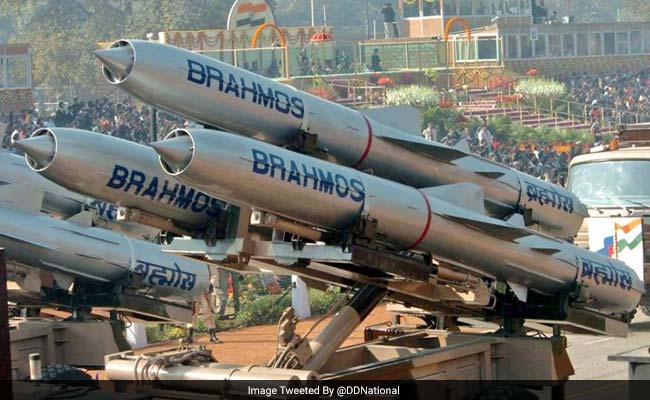- Home/
- "BrahMos Can Be Answer For Foreign Policy": Expert At NDTV Defence Summit
"BrahMos Can Be Answer For Foreign Policy": Expert At NDTV Defence Summit

The BrahMos supersonic cruise missile can be the "answer for India's foreign policy," said the former Managing Director and Chief Executive Officer of BrahMos Aerospace, Atul Dinkar Rane. Speaking at the NDTV Defence Summit today, Mr Rane gave an assessment of India's most recognisable homegrown missile system.
The BrahMos programme was conceived as a joint venture between India and Russia in the late 1990s. The missile came into sharp focus during Operation Sindoor, India's retaliatory campaign following the terror attack in Jammu and Kashmir's Pahalgam in April, which resulted in the deaths of 26 people.
"The craters which were seen were so dangerously, exactly the same as we had done day in, day out when we tested BrahMos. No one ever thought that it would ever be used," Mr Rane said.
The operation was marked by extensive strikes against Pakistani infrastructure, including air bases at Bholari, Jacobabad, and Sukkur. Satellite imagery released after the strike on Bholari indicated severe damage to the roof of a hangar. An image from April 27 had shown it intact; by May 11, a gaping hole suggested a precision strike, widely believed to be a BrahMos strike.

"It is just unbelievable that our Air Force was able to plan it out and get everything on the dot. Who better than to advertise that BrahMos works than the Pakistan Prime Minister telling us of its damage," Mr Rane remarked, referring to Shehbaz Sharif's public acknowledgement of the strikes.
Calling it a "supersonic cousin of the Tomahawk," he said, "BrahMos is so scary because of its supersonic speed. No other such missile in the world. It can be launched from sea, land, or air. The speed at which it flies - a surface-to-air system may be able to track it, but won't be able to attack it. Maybe in two, four, or definitely ten years down the line, some system may. But what do we do about that? BrahMos already has that capability."


